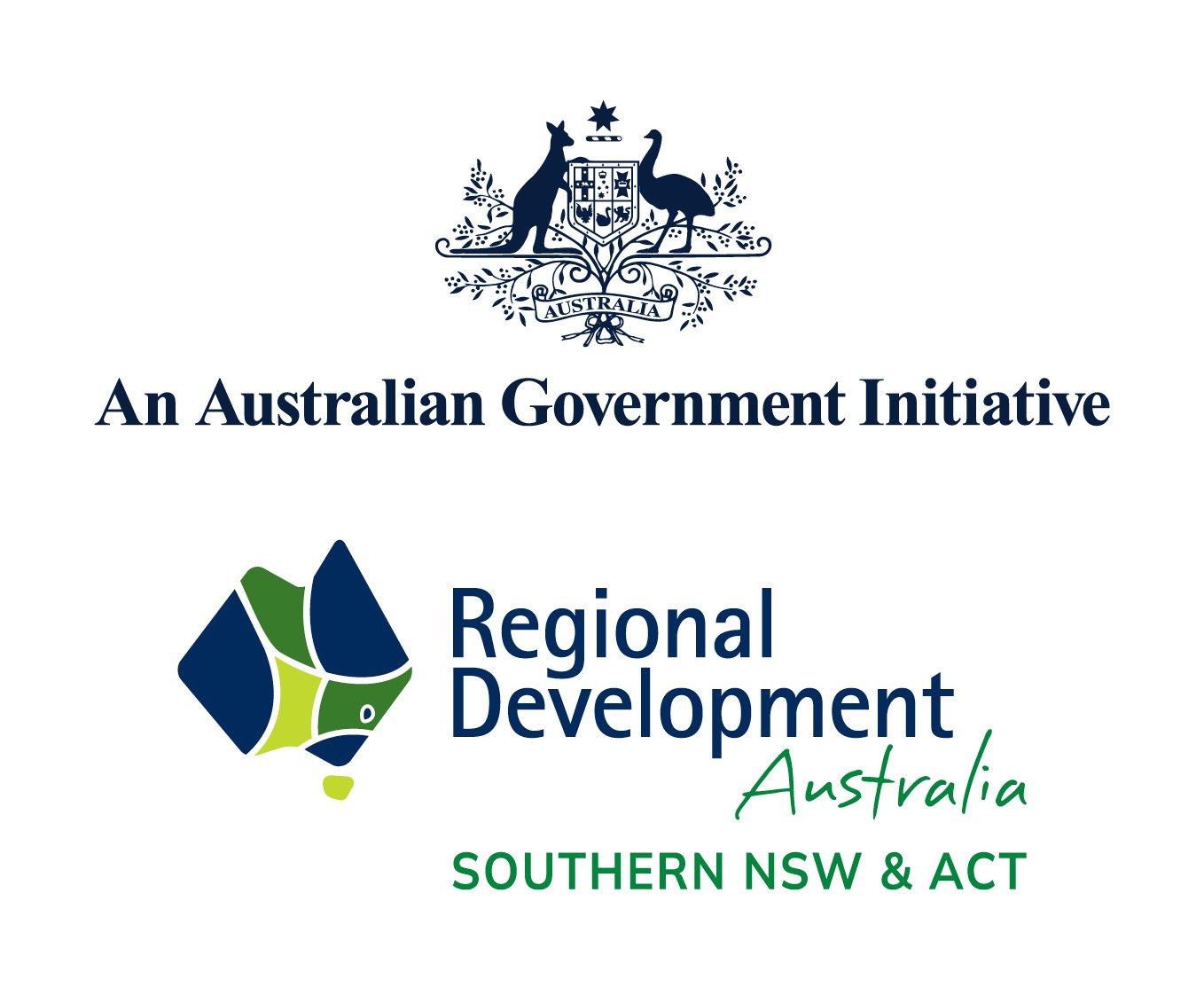The Regionalisation of our nation – The Big Movers
The experience of dealing with of COVID-19 has removed one of the most significant barriers to a substantial population shift in this country, according to the Regional Australia Institute (RAI).
RAI CEO Liz Ritchie says the notion of how we work has been turned on its head and she hopes this change will see significant population growth in regions, following on from a trend that has already been set over a decade.
The Big Movers - Understanding population mobility in Regional Australia
“From 2011 to 2016, our two biggest cities, Sydney and Melbourne lost more residents to regions than they gained – and this was well before COVID-19. Over the last few months, we’ve all had to change how we work and this has allowed staff and employers to see that location is no longer a barrier for where we choose to work,” Ms Ritchie said.
Today’s official launch of the RAI’s latest report, The Big Movers, unpacks population trends around the country, and confirms that regional Australia attracted more people than it lost to capital cities during the last Census.
In the five years to 2016, Sydney saw a net loss of 64,756 people to regional Australia, Melbourne 21,609 and Adelaide recorded a small net loss of around 1,000 residents. Brisbane bucked the trend with a net gain of 15,597 people.
Between 2011 and 2016, more than 1.2 million people either moved to regional Australia or moved around regional Australia from one location to another.
While the latest Census figures showed that regional Australia attracted 65,204 more people than it lost to our capital cities, the trend is certainly not new. For the decade 2006-2016 more than 135,000 more people moved from capital cities to regions than the other way around.
Ms Ritchie says that the policy questions are more about how we can further understand and amplify the drivers of this movement toward regional Australia to extend the population settlement even further and supercharge the regions.
“Now is the time to work together with industry, government and regional communities to ensure regionalisation of the workforce,” Ms Ritchie said.
“As a country, we are an extremely mobile nation, and we have a propensity to change our address at twice the rate of people in most OECD countries. If location is no longer a barrier for employment, it’s possible that the trend line over the next decade could see an even greater swing to regions – and this is the RAI’s ambition,” Liz Ritchie said.
One of the key trends uncovered in the research was that most people who left a city for a move to the region, stayed in their respective state. Regional NSW drew the most people from capitals with a total of 159,328 moving between 2011 and 2016.
“Understanding the way the population moves around regional Australia is an important first step in identifying the reasons people are attracted to some places instead of others. This understanding can help to shape a population policy for regional communities,” Ms Ritchie said.
The Big Movers also looks at the movement of millennials (20-35 year olds). It found that while 178,961 millennials moved to capital cities from regional Australia, more than 200,000 moved between regions.
“Sydney also saw a net outflow of millennials. Some 37,000 millennials moved from Sydney to regions, with 32,500 moving the other way,” Ms Ritchie said.
The top three regional destinations for millennials to move to during the last Census period were the Gold Coast, Newcastle and Sunshine Coast. Greater Geelong, Cairns, Toowoomba, Ballarat, Maitland, Greater Bendigo and Lake Macquarie were also popular.
As part of this report, the RAI included 4 case studies, which took a deep dive look at the characteristics of people who moved to and from four very different regional places: Warrnambool, Kempsey, Gympie and Kalgoorlie.
“These case studies provide insight for regions into the kinds of people who are moving to regions. This is powerful market intelligence which helps regions decide what they need to do to prepare and to capitalise on a restless nation who is ready to make a move,” Ms Ritchie said.
The RAI will host a webinar on Wednesday 24 June, where CEO Liz Ritchie and RAI Chief Economist, Dr Kim Houghton will present the key findings of The Big Movers report. REA Group Chief Economist, Nerida Conisbee and Murray River Council Mayor, Chris Bilkey will also join the panel. To register, click here.
The Big Movers report is available here.
Article first published in http://www.regionalaustralia.org.au
June 24th, 2020

